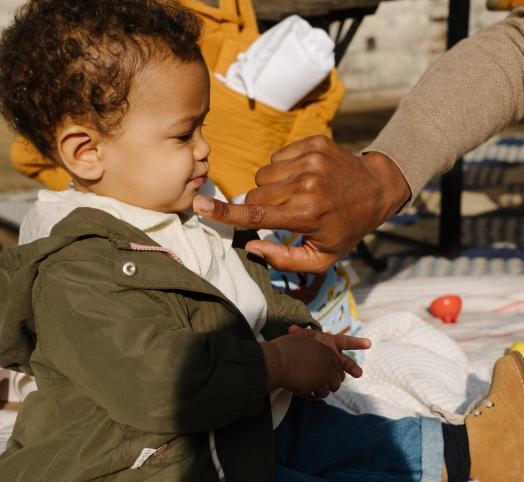Bruises and bumps: how to manage baby's little boo-boos?
Updated on March 2, 2023
Created on December 20, 2021
AU & NZ - Find your nearest pharmacy here
Updated on March 2, 2023
Created on December 20, 2021

In the medical vocabulary:
They are formed because of haemorrhage related to physical shock, which causes a rupture of small blood vessels. As they heal, they will successively change colour (purple, blue, yellow,...) during the length of time that the body takes to breakdown haemoglobin, the compound that gives blood its red colour. A new bruise will be more red and a bruise on its way to being healed will be more yellowish.
Bruises are not typically something to cause undue worry. Usually, they are a surface injury that requires no medical attention.
But, in some cases, you may want to seek medical attention for the bruising, such is the case with a haematoma which may be related to more significant trauma.
The severity of the bump depends on several factors:
It is important to be particularly vigilant if you did not see the fall.
Usually, these small injuries are not serious. However, you should consult a doctor in the following cases: